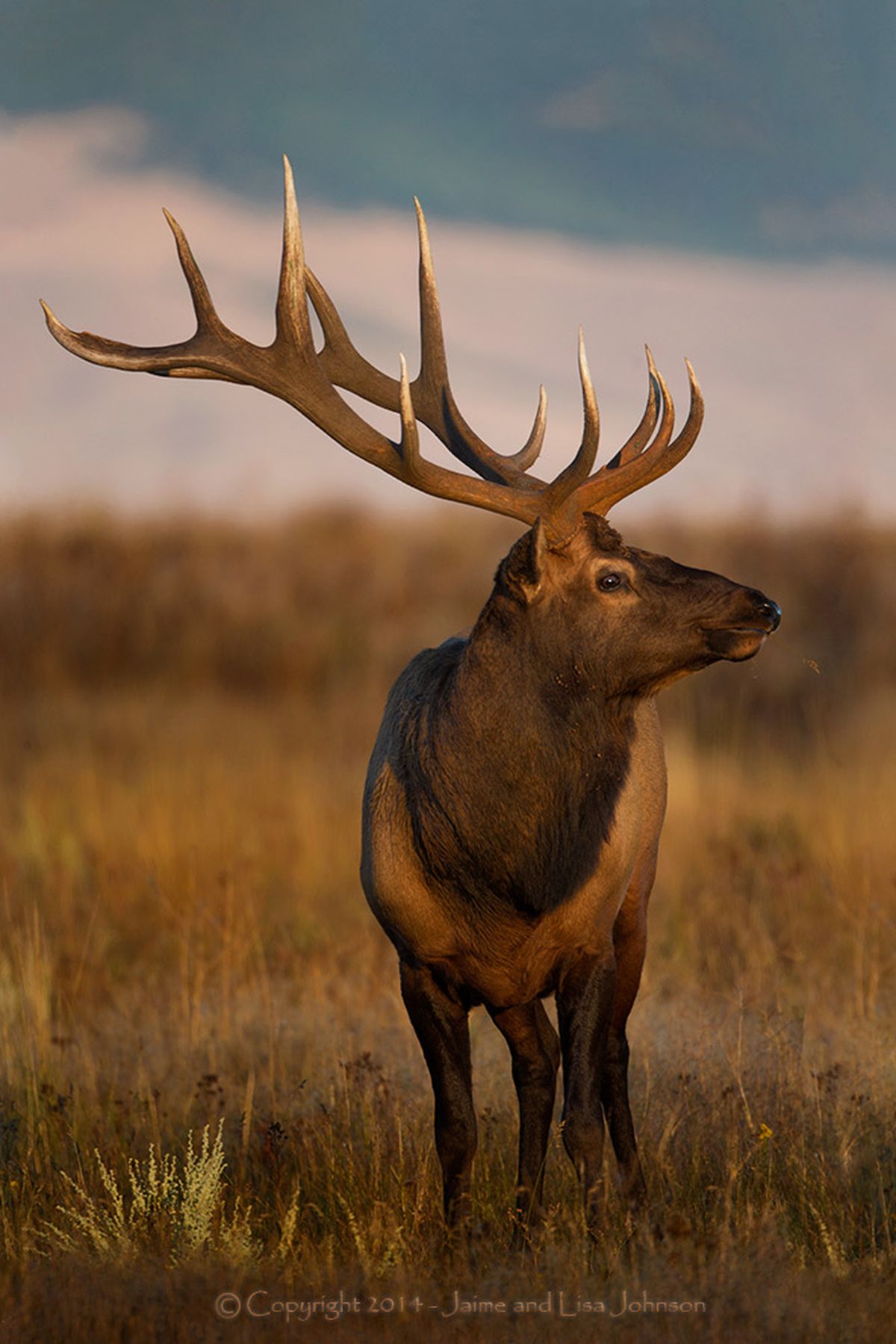Photos: Bucks and bulls in prime condition this week

WILDLIFE WATCHING -- Big-game headwear is in the spotlight this week as Montana outdoor photographer Jaimie Johnson
gives us a look at what's been developing all summer. The photos (above) of a bull elk plus pronghorn, mule deer and whitetail bucks were snapped this week.
Most hunters know the difference, but in casual conversation it's not uncommon to hear reference to something like a bull elk with "horns" that raked the sky. An elk has antlers, but the colloquial term "horns" rolls easier off the tongue.
Nevertheless, even sportsmen have misperceptions about what it takes to grow antlers and why not every deer and elk that reaches maturity will sport massive headgear, according to Montana Fish, Wildlife and Parks biologists.
Here are some basics.
Antlers grow on male members of the deer family, including deer, elk and moose. They fall off each year during winter and grow back during spring and summer.
Horns are permanent growing features on the heads of mountain goats, bighorn sheep and bison.
Exceptions include:
- Male and female caribou, which are in the deer family, both have antlers.
- Antelope have horns but they shed the outer covering or sheath each year.
Genetics and nutrition play major roles in horn growth. Generally, genetics determine the form of antlers while nutrition dictates their size. Some deer or elk simply lack the bloodlines to grow trophy-class racks of multiple points and width no matter what they're fed.
A study of white-tailed deer compared the offspring of yearling bucks with relatively large branched antlers versus yearlings with only spikes. Because both sets of deer were captive in the controlled experiment they were fed identical diets. The yearlings with larger antlers sired only 5 percent spikes, while the spike yearlings produced 44 percent spike antlered yearlings.
However, one study of mule deer has shown that in wet years, which mean increased availability of food, there are fewer spike bucks and larger number of yearlings with forked antlers.
Bottom line: The highest scoring trophy big-game usually are produced from a combination of good genetics and nutrition.
